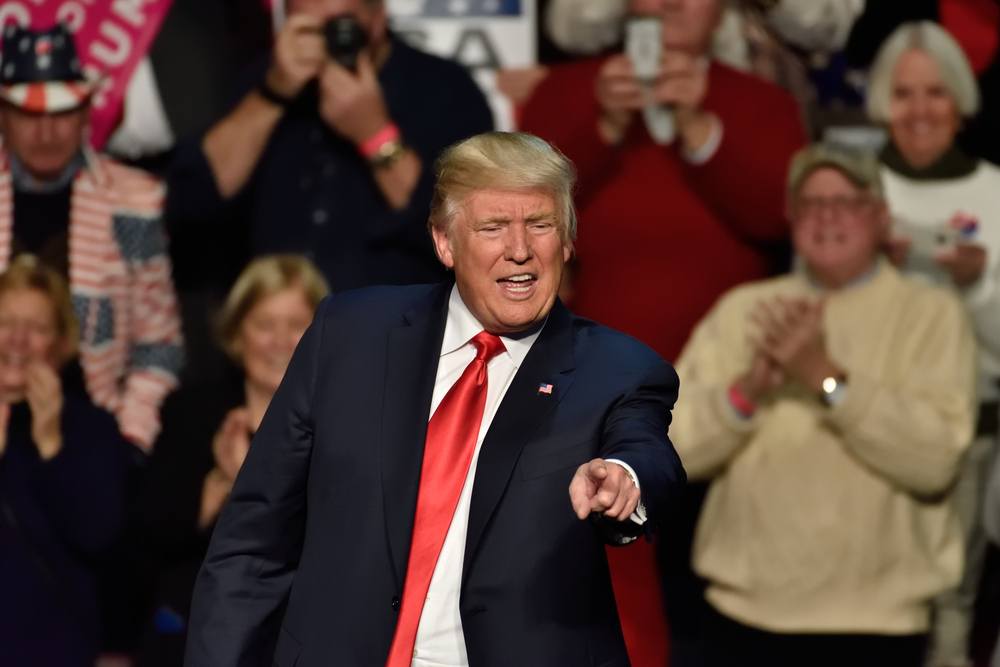Key Takeaways:
- President Donald Trump has attended only 12 intelligence briefings since his inauguration in January.
- This is a significant drop compared to his first term, when he attended briefings twice a week.
- The low attendance has raised concerns among intelligence officials and experts.
- Trump’s aides insist he stays informed, but critics worry this could leave the U.S. vulnerable to threats.
Trump’s Attendance at Intelligence Briefings Drops Sharply
Since becoming president again in January, Donald Trump has attended just 12 intelligence briefings. These briefings, known as the President’s Daily Brief (PDB), are crucial for updating the president on major national security issues. The sharp decline in attendance compared to his first term has sparked concerns among intelligence officials and experts.
During his first term, Trump attended these briefings twice a week. This time, however, the number has dropped significantly. The PDB provides presidents with a summary of key national security challenges, giving them the information they need to make informed decisions.
Concerns Grow Over National Security Implications
Many in the intelligence community are worried about the potential risks of Trump’s low attendance. A former CIA analyst explained, “The point of having an $80 billion intelligence service is to inform the president and prevent strategic surprises.” Without regular briefings, some fear the U.S. could be caught off guard by major threats.
Sen. Mark Warner (D-Va.) criticized Trump’s approach, saying, “It’s sadly clear that President Trump doesn’t value the expertise of our intelligence professionals. This leaves the American people increasingly vulnerable to threats we ought to see coming.”
Senior Aides Still Attend Briefings
While Trump has missed many briefings, his senior national security aides have continued to attend. This ensures that key information still reaches the administration. Cabinet officials also receive separate briefings from intelligence officials.
A White House spokesperson, Davis Ingle, defended Trump’s approach. “The president is constantly apprised of classified briefings and regularly in touch with his national security team,” Ingle said. However, he did not explain why Trump has attended so few in-person briefings.
Trump’s Leadership and National Security Challenges
Despite the concerns over briefings, Trump has been actively involved in major foreign policy efforts. These include trying to facilitate peace in Gaza and Ukraine, as well as restarting nuclear negotiations with Iran. At the same time, the U.S. faces growing threats from competitors like Russia and China.
How Trump’s Briefing Style Compares to Past Presidents
Every president has their own way of handling intelligence briefings. Some prefer detailed, in-person meetings, while others rely on written reports. Trump’s approach, however, has raised eyebrows. He is known for not reading “the book,” a detailed document prepared by intelligence analysts. This document is delivered to the president and his advisers five days a week.
Trump’s preference for oral briefings instead of written reports has led to concerns that he may miss critical details. Intelligence analysts spend significant time creating these reports to ensure the president has all the information needed to make informed decisions.
The Importance of Intelligence Briefings
Intelligence briefings are a key part of a president’s job. They help leaders stay ahead of threats and make decisions that protect the country. While Trump’s aides argue that he is still informed, the lack of in-person briefings has raised questions about how much he engages with the material.
As the U.S. faces complex challenges on the global stage, the debate over Trump’s approach to intelligence briefings is likely to continue. Whether his strategy works remains to be seen, but one thing is clear: the stakes couldn’t be higher.

